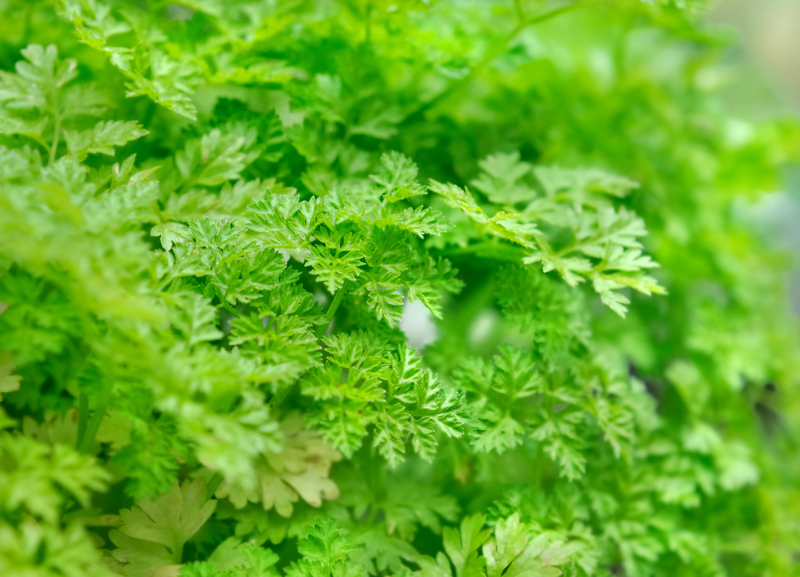Perfect Lawn: Beginner Tips for Lush Grass
Posted on 01/08/2024
Achieving a perfect lawn requires understanding the basics of soil, grass types, and climate conditions. Your specific location will greatly influence your approach.
Soil Preparation
The foundation of any healthy lawn is the soil. Conduct a soil test to determine its pH level and nutrient content. Most grasses prefer a pH between 6.0 and 7.0. If needed, amend the soil with lime to increase pH or sulfur to decrease it.

Choosing the Right Grass
Selecting the right type of grass is crucial for a lush lawn. Common grass types include Bermuda, Kentucky Bluegrass, and Fescue. Each has its specific climate preferences and maintenance needs. Consult with local gardening experts to make the best choice for your region.
Proper Watering Techniques
Watering is a critical aspect of lawn care. Over-watering can lead to disease and under-watering results in dry, patchy grass. Water your lawn early in the morning when evaporation rates are low. Most lawns need about one inch of water per week.
Regular Mowing
Mowing keeps your lawn healthy and attractive. Set your mower blade to the appropriate height for your grass type--generally, 2.5 to 3.5 inches. Mow frequently enough so that you never remove more than one-third of the grass blade at a time.
Fertilization Strategies
A regular fertilization schedule will keep your grass lush and green. Use a balanced fertilizer spread evenly in spring and fall. Organic options are also available and beneficial to the soil.
Weed and Pest Control
Weeds and pests can quickly ruin the appearance of your lawn. Use pre-emergent herbicides in early spring to prevent weed seeds from taking root. Natural pest control methods include introducing beneficial insects like ladybugs and nematodes.
Tips for a Perfect Lawn
1. Aerate Annually: Aerating your lawn helps break up compacted soil, allowing water and nutrients to penetrate more easily.
2. Overseed: To fill in thin areas, overseed your lawn with a grass seed mix that's appropriate for your region.
3. Dethatch: Thatch is a layer of dead grass that can choke your lawn. Dethatch once a year using a rake or specialized dethatching tool.
4. Edge your Lawn: Use a lawn edger to maintain a clean and defined boundary between your lawn and garden beds.
Pros and Cons of Home Gardening Services
Pros:
- Aesthetic Appeal: A well-maintained lawn enhances the beauty of your property.
- Increased Property Value: Homes with lush lawns are more attractive to potential buyers.
- Cooling Effect: Lawns help to cool the surrounding environment, reducing the need for air conditioning.
Cons:
- Time-Consuming: Lawn care requires regular maintenance and time commitment.
- Cost: Expenses for fertilizers, water, and pest control can add up.
- Environmental Impact: Excessive use of water and chemicals can affect the environment negatively.

Takeaways
- Test your soil before planting to understand its needs.
- Choose the appropriate grass type for your climate.
- Water deeply but infrequently to encourage deep root growth.
- Mow regularly but avoid cutting too short.
- Implement a balanced fertilization schedule.
- Use natural weed and pest control methods for a healthier lawn.
Conclusion
With the right knowledge and a bit of effort, creating a perfect lawn is entirely achievable. Understanding soil, selecting the right grass, watering correctly, and regular maintenance like mowing and fertilization will set you on the path to a lush, green lawn. The benefits of a beautiful lawn are numerous, from aesthetic appeal to increased property value, making it worth the investment of your time and resources.
By following these beginner tips and maintaining a consistent lawn care routine, you can enjoy a vibrant, healthy lawn year-round. Happy gardening!




